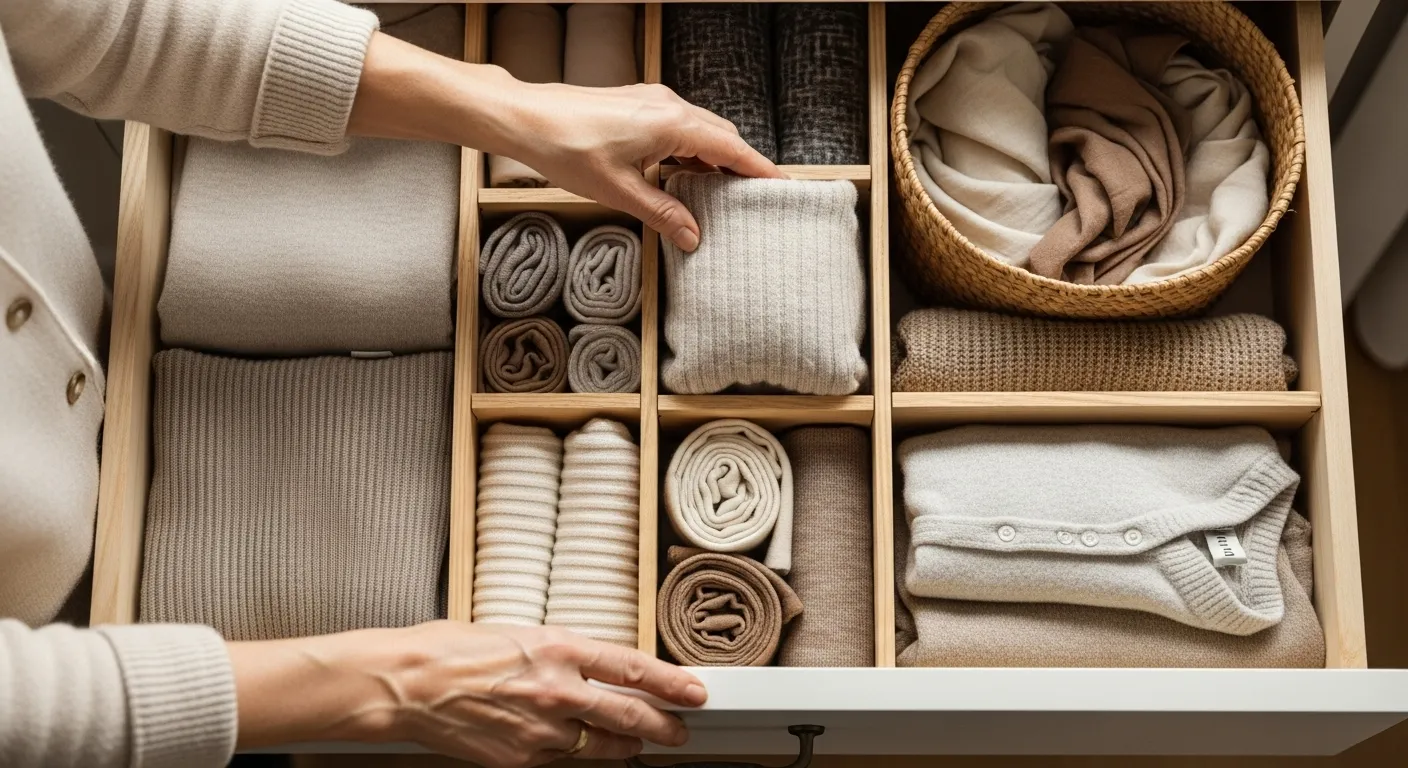
Step 6: Right-Size Your Wardrobe for Your New Life
Your lifestyle in retirement is likely very different from your working years. Your wardrobe should reflect that. This is a perfect opportunity to let go of clothes that no longer serve you, such as suits you’ll never wear again or uncomfortable shoes.
Start by pulling everything out of your closet. Yes, everything. Group all like items together—all pants, all shirts, all dresses. This allows you to see exactly how much you have. As you sort through each category, ask yourself:
- Does this fit my body right now?
- Is it comfortable and in good repair?
- Does it fit my current lifestyle?
- Do I feel good when I wear it?
If the answer to any of these is no, it’s time to let it go. One helpful trick is to put everything you decide to keep back in the closet with the hangers facing backward. As you wear an item, turn the hanger the correct way. In six months, you’ll have a clear visual of what you actually wear.
Worked Mini-Example: Off-Season Closet Storage
In a smaller home, closet space is prime real estate. Storing off-season clothing efficiently is key. Let’s plan for a closet top shelf that is 60 inches wide and 16 inches deep.
1. Edit: Before storing, go through your seasonal items. Did you wear that heavy wool coat at all last winter? Is that sweater pilled beyond repair? Donate or discard what you no longer need. Always wash or dry-clean items before storing them; stains and body oils can set over time and attract pests.
2. Contain: We need containers that protect clothes from dust and moisture but still allow air to circulate. For this 60-inch shelf, we can fit three 19-inch wide, 66-quart clear plastic bins with latching lids. This size is large enough for bulky sweaters and jackets but not so large that it becomes too heavy to lift safely from an upper shelf.
3. Label: Be specific with your labels. Instead of just “Winter Clothes,” a better label would be “WOMEN’S – Sweaters & Heavy Scarves.” Use a large-print label maker for easy readability.
4. Protect: Place a few cedar blocks or sachets inside the bins to naturally repel moths. Avoid traditional mothballs, which contain harsh chemicals and leave a strong odor. Never store precious items like wool coats in plastic dry-cleaning bags, as they can trap moisture and cause yellowing. Use breathable garment bags instead.
By defining your storage limits—for example, all off-season clothing must fit into these three bins—you create a natural boundary that prevents accumulation. This is a core principle of downsizing and decluttering.

















